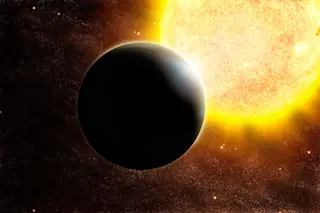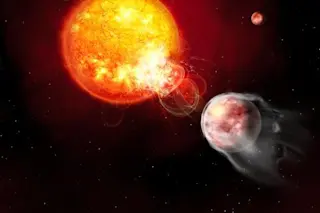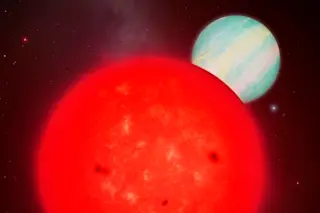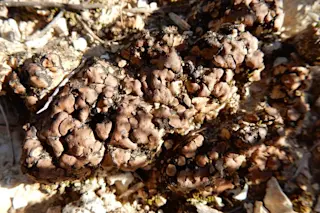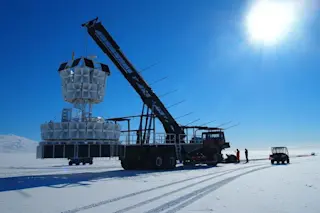Rocky planets just a little larger than Earth are some of the best targets for finding life in our local cosmic neighborhood. They’re abundant. But it’s not just the size that has to match Earth. Our planet wouldn’t be the life-sheltering place it is without its atmosphere, which keeps us warm enough not to freeze, but not so hot that we smother or boil away all our oceans. Our distance from the sun plays a prime roll in keeping a Goldilocks-perfect atmosphere — we’re not too far and not too close.
But finding worlds like ours out in the galaxy is difficult business. Astronomers have a hard time telling what an atmosphere looks like from light-years away. But scientists are trying hard to crack that particular nut. One of the latest attempts involves a planet called LHS 3844b, a rocky world 1.3 times the width of Earth that orbits a ...


